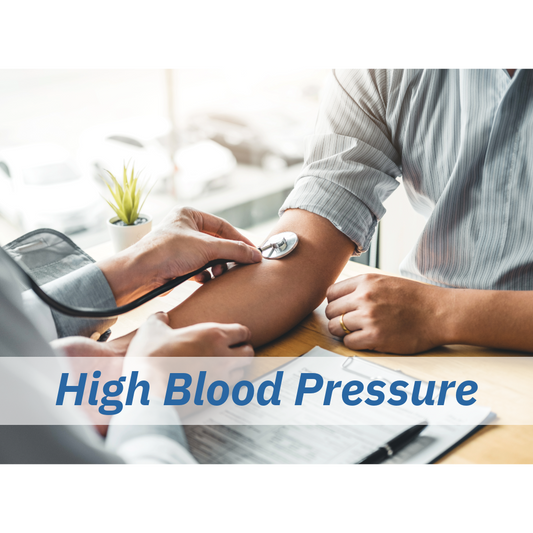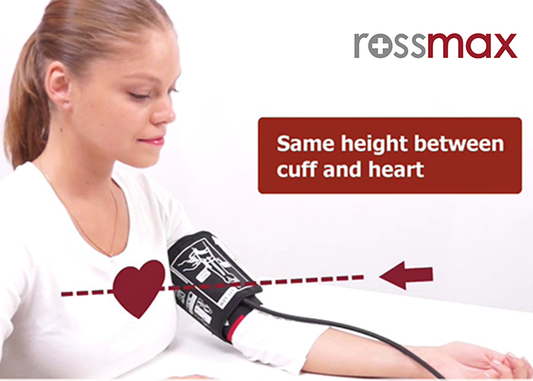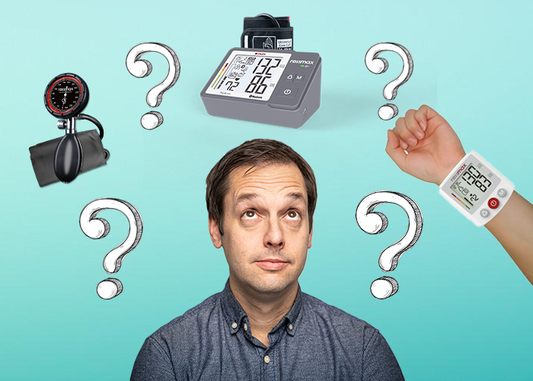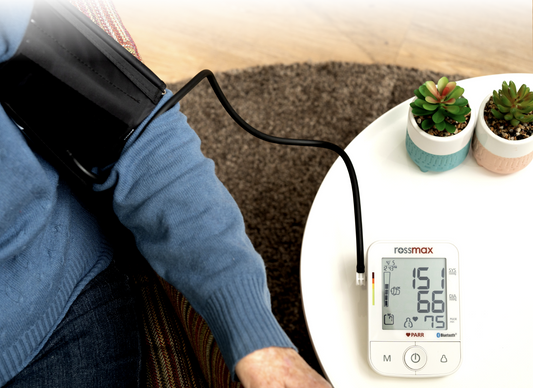Checking your temperature correctly is important to get an accurate reading, especially when you suspect you might have a fever. There are several methods for measuring body temperature, including using a digital thermometer, an ear thermometer, or a forehead thermometer. Here's how to check your temperature correctly using these common methods:
- Digital Thermometer (Oral/Rectal/Underarm):
Oral Method:
Make sure the thermometer is clean and has a fresh disposable cover (if applicable).
Place the thermometer tip under your tongue, close your mouth, and breathe through your nose.
Keep the thermometer in place until it beeps (usually about 30 seconds).
Read the temperature displayed on the screen.
Rectal Method (for infants and small children):
Apply a small amount of lubricant to the thermometer tip.
Gently insert the thermometer about an inch into the rectum.
Keep the thermometer in place until it beeps (usually about 10 seconds).
Read the temperature displayed on the screen.
Underarm Method (Axillary):
Ensure your underarm is dry and free from sweat.
Place the thermometer tip in the center of your armpit.
Hold your arm against your body and keep it there until it beeps (usually about 30-60 seconds).
Read the temperature displayed on the screen.
- Ear Thermometer
- Make sure the ear canal is clean and free from obstructions.
- Gently insert the thermometer probe into the ear canal.
- Follow the manufacturer's instructions for positioning and timing.
- Wait for the beep or signal, then read the temperature displayed on the screen.
- Forehead (Temporal Artery) Thermometer
- Place the thermometer probe against your forehead's center.
- Follow the manufacturer's instructions for positioning and timing.
- Wait for the beep or signal, then read the temperature displayed on the screen.
Additional tips for accurate temperature measurement:
Make sure the thermometer is clean and disinfected before and after each use.
Always use the thermometer according to the manufacturer's instructions.
Take your temperature at the same time of day for consistent results (e.g., morning or evening).
Avoid measuring your temperature immediately after eating, drinking hot or cold liquids, or engaging in strenuous physical activity.
Rest for a few minutes in a stable room temperature environment before taking your temperature, as external factors can affect the reading.
Keep a record of your temperature readings and any symptoms you may be experiencing to share with a healthcare provider if necessary.
Remember that a normal body temperature can vary slightly from person to person and can also fluctuate throughout the day. A typical normal range for adults is around 97°F (36.1°C) to 99°F (37.2°C). If you have concerns about your temperature or suspect you have a fever, consult a healthcare professional for guidance.













